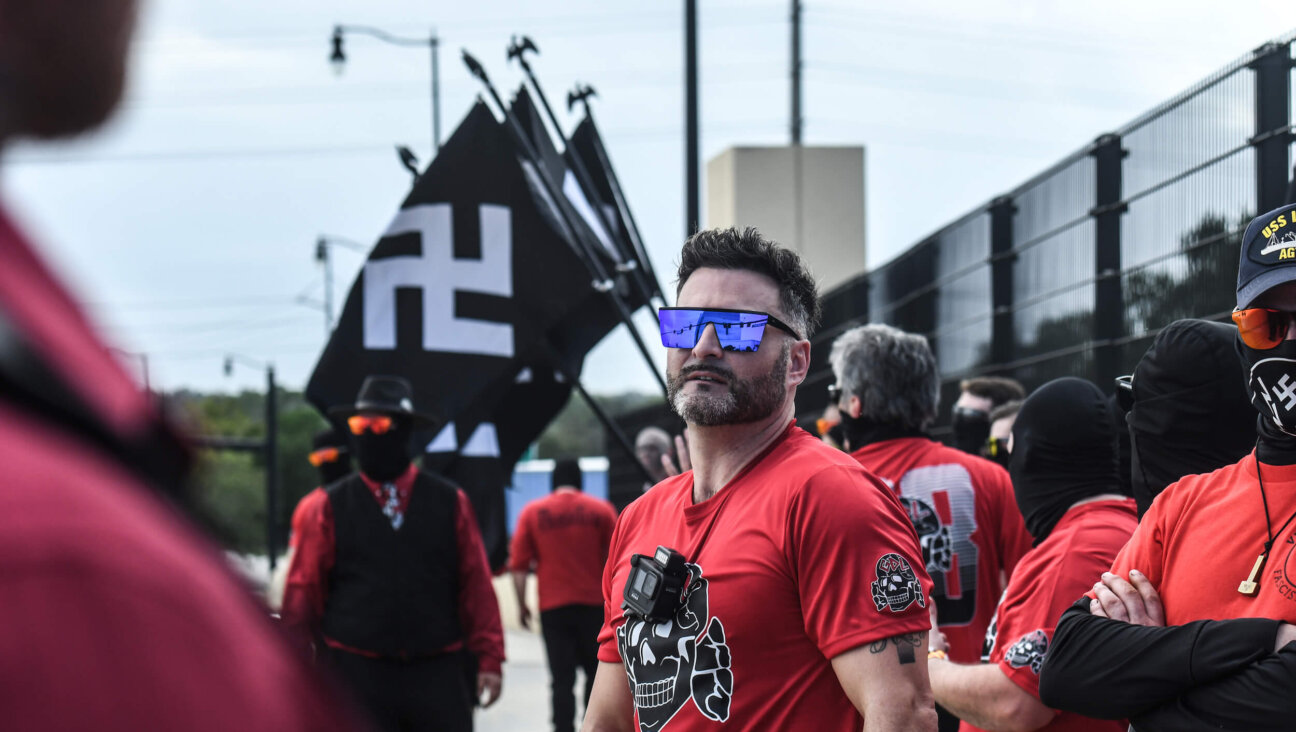Rift Widens Between Benjamin Netanyahu and Israel Miliitary Over Palestinians

Image by getty images
Two months into a wave of stabbings, shootings and vehicle attacks by Palestinians targeting Israelis, gaps are emerging between Prime Minister Benjamin Netanyahu, the military and intelligence chiefs over what is driving the violence.
The rifts raise questions about whether the right tactics are being used to quell the unrest, the most sustained that Israel, Jerusalem and the West Bank have experienced since the last Palestinian uprising, or intifada, ended in 2005.
While there is agreement between Netanyahu, the military and the Shin Bet security agency about broad aspects of the violence – that it is being carried out by “lone-wolves” active on social media and that tensions over the al-Aqsa mosque compound in Jerusalem have contributed – the deeper causes are disputed.
Netanyahu has repeatedly accused 80-year-old Palestinian President Mahmoud Abbas of directly inciting the unrest. He also describes it as a manifestation of Palestinians’ hatred of Jews and unwillingness to accept Israel’s right to exist.
“What is driving this terrorism is opposition to Israel as the nation-state of the Jewish people, within any borders,” he said as he left for the climate talks in Paris on Sunday.
In contrast, the military and Shin Bet have tended to point to a variety of economic and socio-political factors that they see fueling Palestinian anger and frustration, particularly among young men and women in the Israeli-occupied West Bank.
While they have criticized Abbas and his Fatah party for tacitly condoning the violence, including praising “martyrs” who have carried out stabbings, they have avoided accusing the Palestinian leader of inciting it directly.
“The motivation for action is based on feelings of national, economic and personal discrimination,” the Shin Bet wrote in an analysis last month. “For some of the assailants an attack provides an escape from a desperate reality they believe cannot be changed.”
At a cabinet meeting in November, the head of the army’s intelligence division gave a similar description, leading to a row with at least one minister who was angry that the general’s briefing was not in line with the government’s position.
The details were leaked to Israeli media and confirmed to Reuters by a government source who attended the meeting.
Since Oct. 1, when the violence began, 19 Israelis and an American have been killed. Over the same period, Israeli forces have shot dead 97 Palestinians, 58 of whom were identified by Israel as assailants.
“PINPOINT ACTION”
As well as differences in identifying the causes, there are gaps in the approach being advocated to quell the situation.
The military, which has occupied the West Bank for 48 years and is minutely involved in maintaining stability, in coordination with Palestinian security forces, is pushing for pinpoint operations that target specific perpetrators.
Senior ministers who sit on Netanyahu’s security cabinet want a heavier toll to be exacted on the Palestinian population, arguing that it is the only effective deterrent.
So far, Netanyahu has shown no inclination to launch a large-scale military operation, despite ramping up deployments in the West Bank by 40 percent and calling up reserve units.
He has also rejected suggestions by Israeli and U.S. officials that he offer concessions to the Palestinians to diffuse tension. Violence has to end first, he says.
Instead, there is a strong presence of Israeli troops and checkpoints across the West Bank, without the sort of iron-fisted tactics that marked the last intifada, although the homes of several attackers have been destroyed.
“This is about taking pinpoint action to tackle specific challenges,” a senior army officer told Reuters, saying operations focused on three particularly unruly areas.
Kobi Michael, a senior researcher at Tel Aviv University’s Institute for National Security Studies, said the military was trying to ensure that the bulk of the population, which is not involved in violence, is as unaffected as possible.
One example of the balance the military is trying to strike is in Beit Ummar, near Hebron, the most volatile West Bank city. On Friday a 19-year-old from the village, Omar Zaakiek, got into his car and drove into six Israeli soldiers, who shot him dead.
Within hours Netanyahu’s security cabinet announced Beit Ummar would be put under “closure,” with cars barred from entering or exiting, except via a winding back road, and pedestrians having to pass through an Israeli checkpoint.
Locals accused Israel of collective punishment. The mayor said Zaakiek’s family was told their home faced demolition, a tactic the army and Shin Bet have called counterproductive.
Intelligence Minister Yisrael Katz acknowledged the rift between some ministers and the military and said the latter’s policy of trying to isolate the attackers was flawed.
“It is legitimate to have an argument about distinguishing terrorists from the Palestinian population,” he told Channel 10 TV. “It is completely clear that the more you differentiate, the more your ability to deter is limited.”
So far Netanyahu has headed off the pressure. But the situation remains precarious. Given the complex roots of the violence, Michael said there was no military solution.
“This reality cannot last long,” he said. “Ultimately one side will make a mistake and the situation will spin out of control.”—Reuters
A message from our CEO & publisher Rachel Fishman Feddersen

I hope you appreciated this article. Before you go, I’d like to ask you to please support the Forward’s award-winning, nonprofit journalism during this critical time.
We’ve set a goal to raise $260,000 by December 31. That’s an ambitious goal, but one that will give us the resources we need to invest in the high quality news, opinion, analysis and cultural coverage that isn’t available anywhere else.
If you feel inspired to make an impact, now is the time to give something back. Join us as a member at your most generous level.
— Rachel Fishman Feddersen, Publisher and CEO























